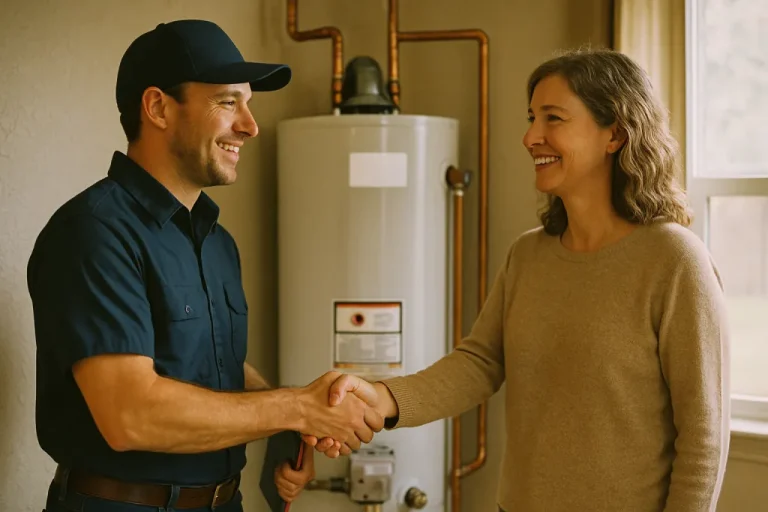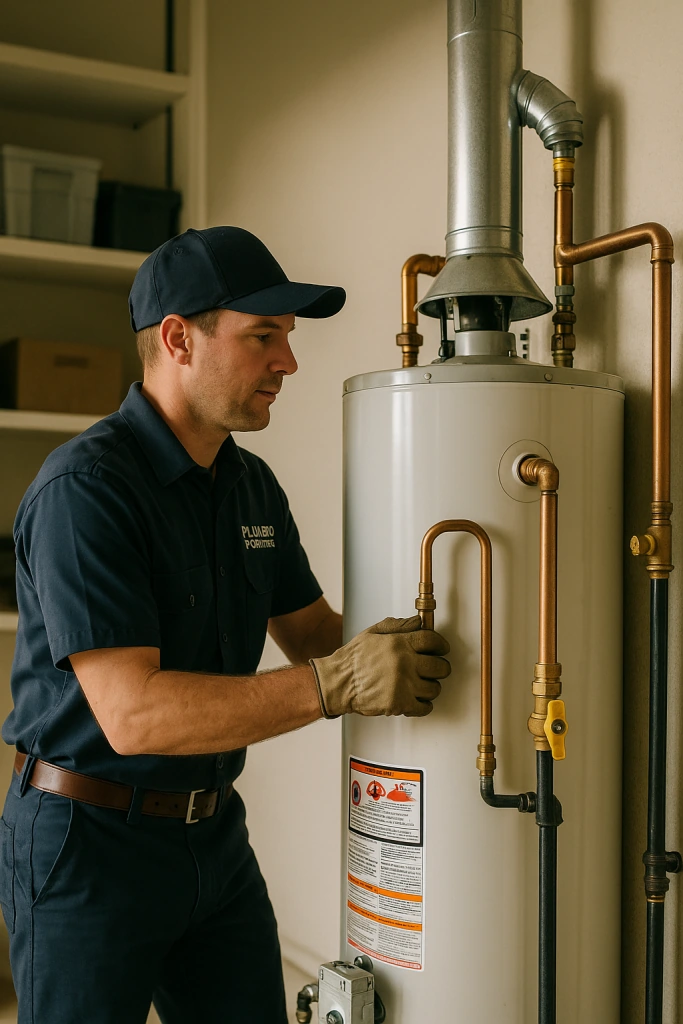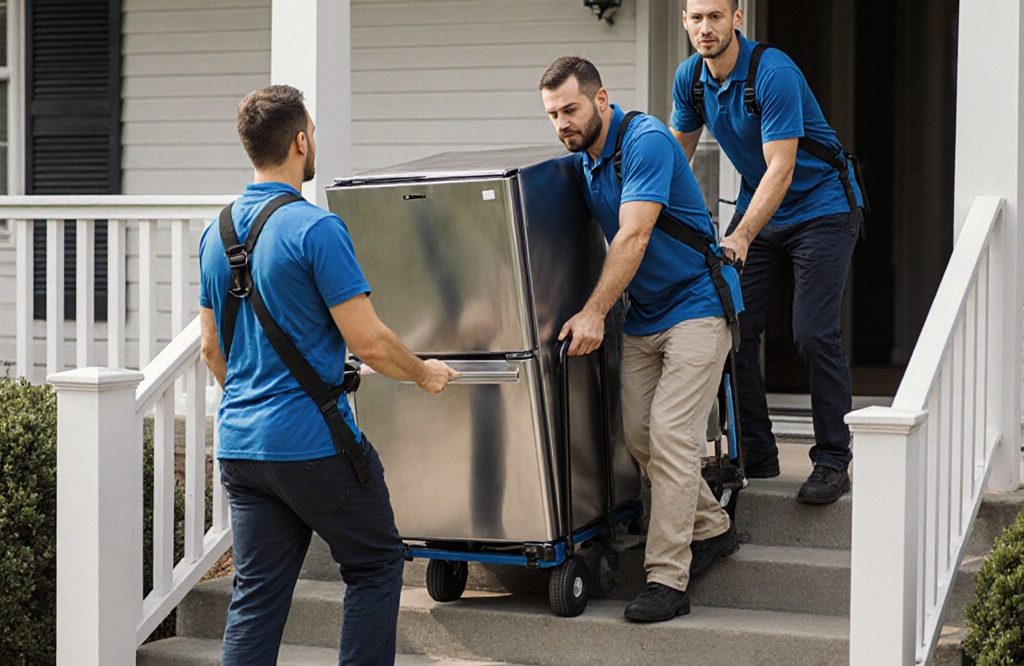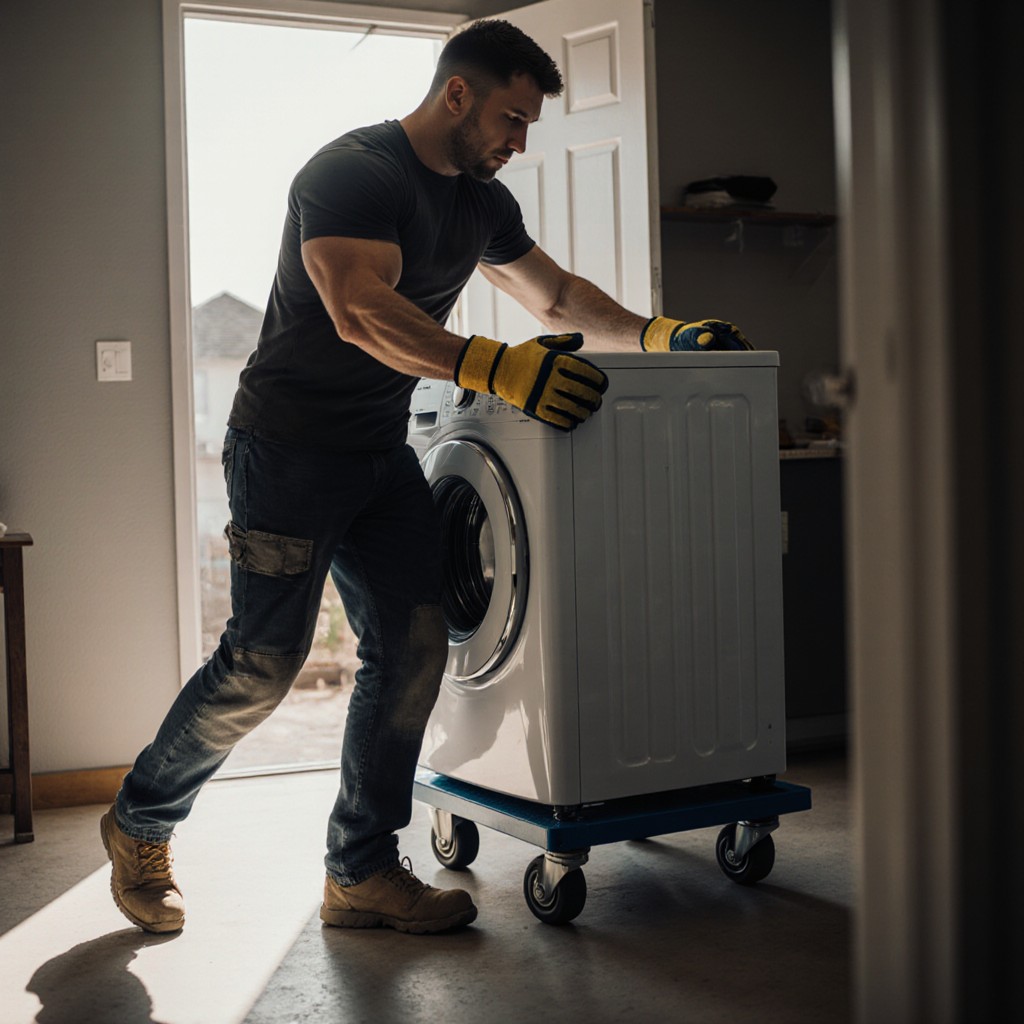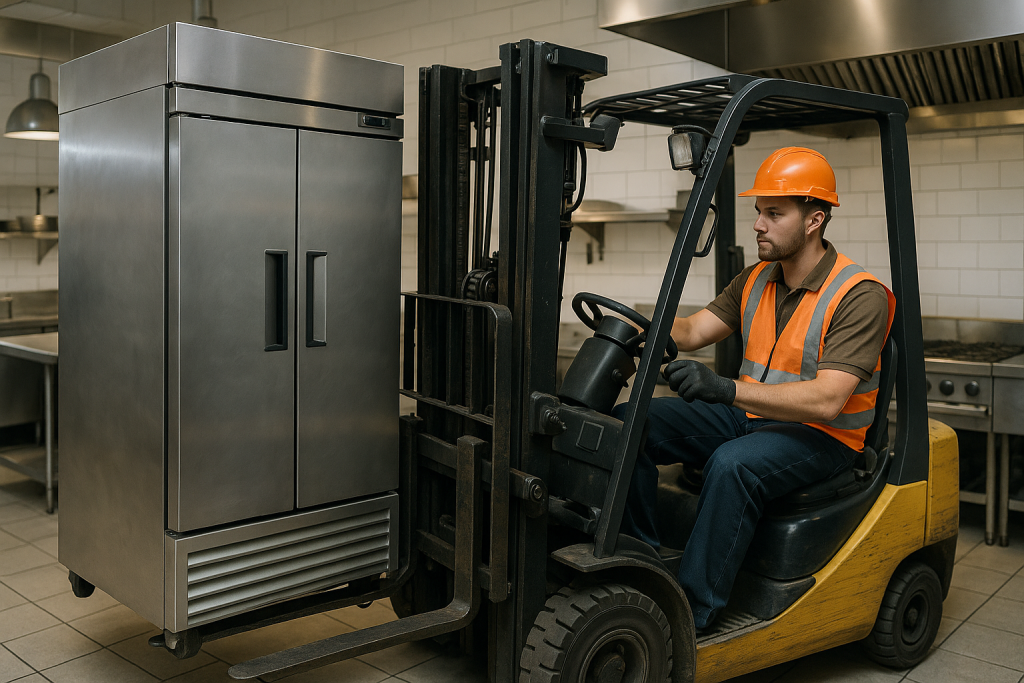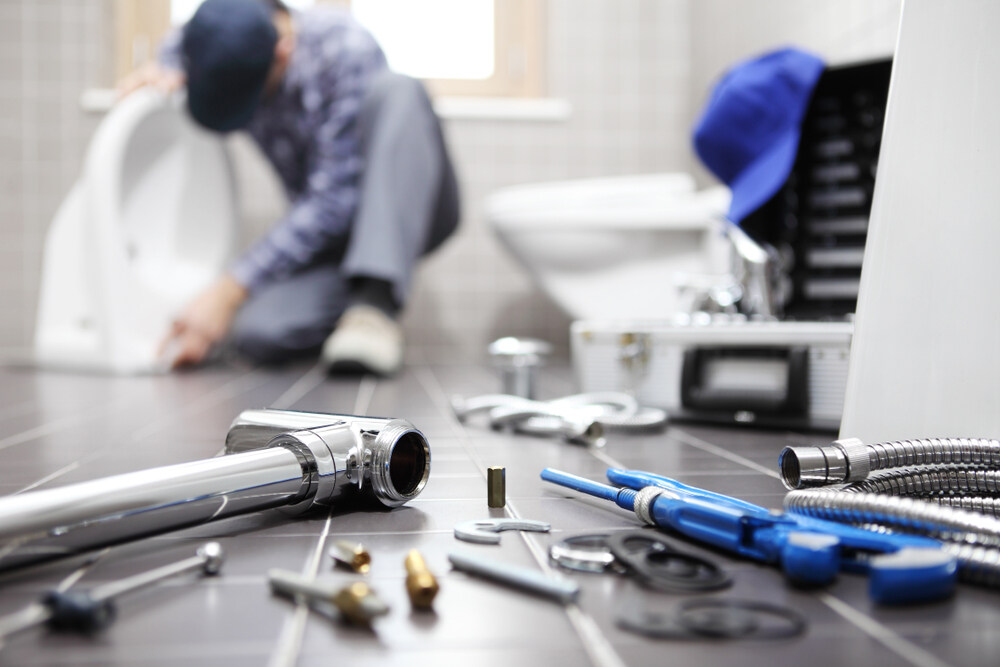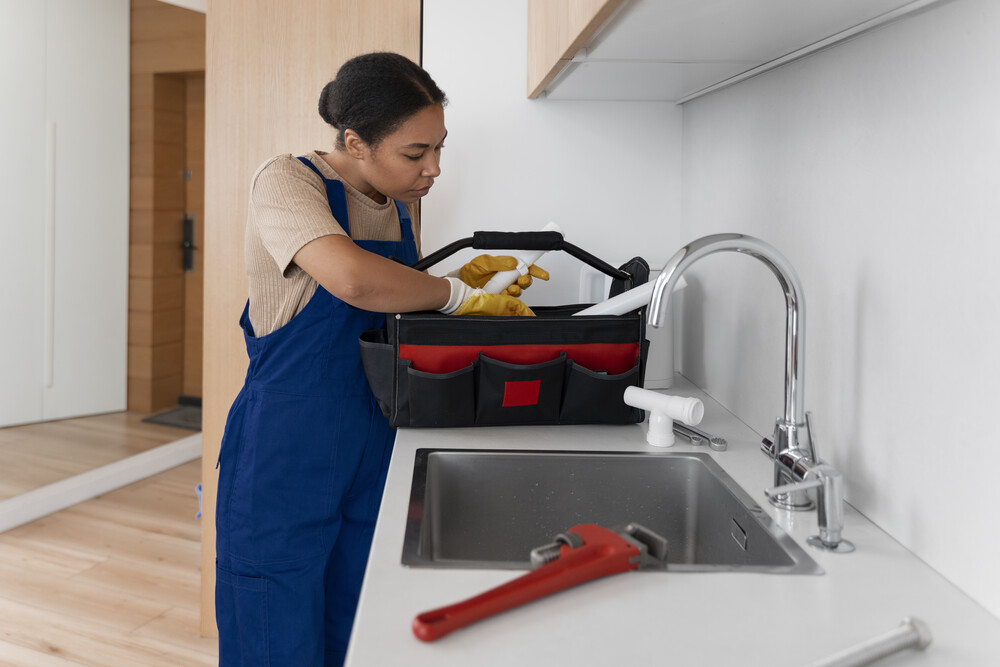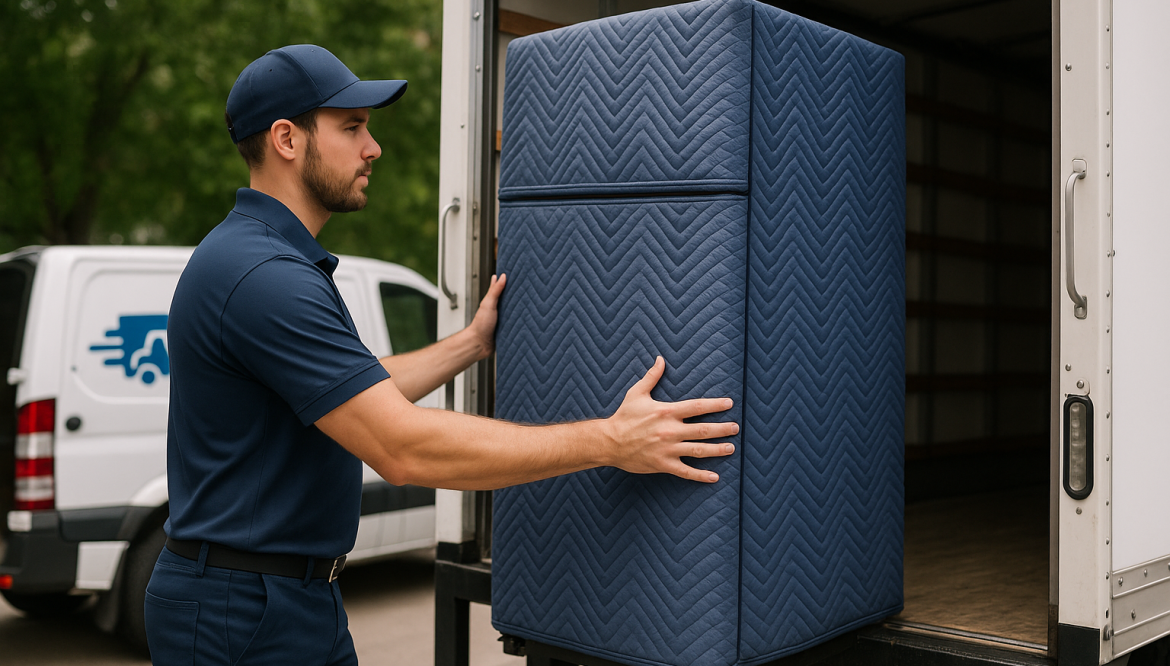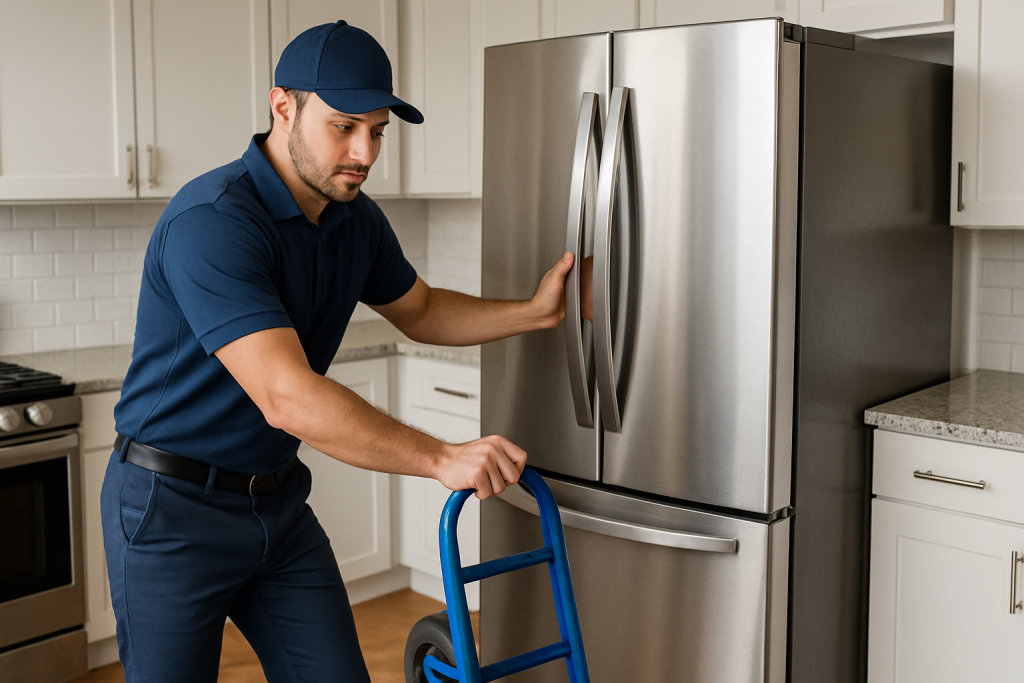Identity V is at its best when momentum never breaks—your team is synced, the cipher routes are planned, you’ve got the perfect skin locked in your head, and the next match is only a queue away. The only thing that shouldn’t slow you down is running out of Echoes right when a limited outfit or crossover arrives. If you’ve ever watched a banner timer tick down while wrestling with payment steps, it’s time to switch to a refill routine that’s quick, clear, and reliable—so you can keep solving ciphers (or patrolling as Hunter) without a pause.
The flow should be simple: pick your Echoes bundle, confirm your account details, pay, done. That’s exactly the experience you’ll get with Identity V top up on Manabuy. No maze of pop-ups, no surprise fees at the final click, and no vague status screens. Just a straightforward checkout that gets you back to the match.
Why does a better top-up process matter for Identity V? Because this game rewards timing. When a seasonal shop refresh lands or an exclusive costume rotates in, being able to act now turns “maybe later” into “got it.” Topping up on demand keeps your options open: you can secure the skin that makes you excited to queue, finish the pass while the challenges are fresh, or grab a value bundle before it disappears. It’s not about buying wins—it’s about removing the admin friction that kills hype.
Here’s what makes the experience stand out:
- Transparent pricing. Choose a bundle and see the full total upfront. No last-second add-ons or mysteriously shifting numbers.
- Fast fulfillment. Orders are processed quickly—often within minutes—so your queue timer barely notices you stepped away.
- Real support. If an order needs a quick verification, a human steps in with practical updates. No copy-paste loops or “try again later” dead ends.
Security lives under the hood where it belongs. Payments run through trusted gateways over encrypted connections, and your player info is used strictly to deliver the purchase—nothing extra, nothing repurposed. If you like keeping essentials one tap away, bookmark the Manabuy Identity V recharge page so you’re always a second from a reliable refill when a banner drops or your duo pings you for late-night matches.
Mobile matters, too. Most top-ups happen between things—on the couch, during a short break, or right before the ready check. The page is lightweight and responsive, so you can confirm an order without pinching around tiny buttons or retyping the same fields three times. You’ll get a clear confirmation and a tidy purchase history, which is especially handy if you manage multiple accounts or occasionally gift a friend.
Want to stretch more value out of each purchase? A few habits help:
- Match bundle size to your rhythm. If you play a few nights a week, mid-tier bundles often hit the best value. Daily players usually save more with larger packages over time.
- Preload for event windows. Limited costumes and crossover drops reward readiness—top up before the timer goes green.
- Double-check your player ID. One character off is the #1 cause of delays; a two-second glance prevents a day of waiting.
- Set a monthly cap. Keeping a simple budget makes every purchase feel better and prevents “1 a.m. impulse” buys.
- Track what pays off. Note which purchases actually motivated you to play more (or helped you finish a pass). Repeat the high-impact ones next time.
The real benefit you’ll notice after a week with a smooth refill routine is subtle but real: less admin, more play. You’ll experiment with looks that make you want to queue, finish challenges on schedule, and keep momentum with your friends instead of stalling at checkout pages. That compounding effect—small, timely actions—adds up to a more satisfying season.
From Survivors planning smarter rotations to Hunters refining patrol routes, momentum is everything. When your top-up is a one-minute errand, the game stays fun and focused where it should be: on outplays, mind games, and those clutch rescues at five percent on the last cipher.
If you’re ready to keep your energy high and your options open, start here: secure top-up page for Identity V. Fast delivery, clear pricing, and a checkout you can trust—so the only countdown you’re watching is the ready check, not a spinning wheel.
